TOWER GROUP "AWAKENED" AGAIN
The My Son World Cultural Heritage Site, nestled in a narrow valley in Thu Bon Commune (Da Nang City - formerly Duy Thu Commune, Duy Xuyen District, Quang Nam Province), has long been known as a sacred sanctuary of the ancient Champa Kingdom. With more than dozens of large and small temple towers (including Tower Group L), My Son is the largest religious center of the Cham people. Tower Group L is located on a small hill, about 75 m south of the central tower groups B, C, D. This high position not only provides a wide view, covering the entire temple tower complex, but also creates a prominent landscape in the overall space.
Excavation process of L tower
PHOTO: MANH CUONG
Relics discovered during the excavation of Tower L
In 1904, the French archaeologist Henri Parmentier came to My Son. He was the one who numbered the tower groups with letters from A to L. For group L, he left only a very brief description: a small rectangular brick structure with two openings. In 1969, this group of towers collapsed completely due to fierce war, leaving only ruins, and seemingly sank into oblivion.
It was not until 2019 that the fate of the L group was "awakened" again. Within the framework of an international cooperation project, the L1 tower was first excavated, surveyed and mapped. The initial excavation brought unexpected results. In addition to the previously known L1 structure, archaeologists discovered an additional architectural foundation located to the west, named L2. Both structures are located on a straight east-west axis and are surrounded by a system of brick walls. These findings suggest a structure of a much larger scale than what Henri Parmentier had described, opening a new chapter in research at My Son.
Realizing the potential cultural, historical and architectural values that need to be clarified, especially the promising new discoveries, the Ministry of Culture, Sports and Tourism has decided to allow the My Son World Cultural Heritage Management Board to continue to coordinate with domestic and foreign units such as the Institute for Monuments Conservation, the Institute of Archaeology and the CM Lerici Foundation (Italy) to continue excavating group L. The excavation was carried out on an area of 150 m², lasting from May 9 to July 30, with the goal of expanding the survey area, collecting more data on the surrounding wall structures and studying related ceramic artifacts, roof tiles, etc., in order to complete the final drawings for the project proposal to preserve and restore architectural components in group L towers.
After the excavation, archaeologists initially concluded that the L tower group dates from the mid-13th century and could have been in use until the early 14th century. But the most surprising thing is not the date, but the nature of the structure. Experts began to suspect that this was not a religious temple like other structures at My Son, but could be a military defense or civil construction.
This hypothesis is reinforced by the detailed analysis of Dr. Patrizia Zolese from the CM Lerici Foundation (Italy), who directly participated in the excavation. She believes that the construction in Group L is very important and completely different from what was known in My Son. Because the archaeological process did not find any traces of religious decorations, including objects or worship objects, a thing that completely contradicts the architectural characteristics of most Cham temples.
Furthermore, the structure is located on a relatively high hill, overlooking the entire My Son valley. This location is very favorable for military or civil purposes. In particular, the discovery of a surrounding wall up to 200 m long and 1.6 m high further strengthens this hypothesis. "It is not a religious temple but has the nature of a military or civil defense structure," Dr. Zolese asserted.
JUST A HYPOTHESIS
From a management perspective, Mr. Nguyen Cong Khiet, acting Director of the My Son World Heritage Management Board, also expressed his personal opinion in support of the above hypothesis. Because, with the current state of excavation, the view that this is a very suitable defense area. He explained that there is no appearance of a typical Cham tower layout (waiting house - gate tower - main temple) and in particular, the door leading to the L tower area is very wide, different from the entrance gates in the My Son temple complex.
Tower group L was filled in after excavating an area of 150 m².
A large number of tiles were discovered during the excavation of Tower L.
Mr. Khiet also said that Italian experts will continue to coordinate to build a database and serve the next excavation project in 2026. If this place is really a military defense area as currently believed, it must be said that this information is the latest ever. At the same time, this will be a good opportunity to compare with similar cultures in the Southeast Asian region. "The new discoveries at the L tower group have contributed to identifying the value of late architecture at the My Son world heritage site, expanding the architectural space of the temple towers. If restored, the L tower will create an ideal sightseeing and research spot for tourists and scientists in the future," Mr. Khiet shared.
Talking to Thanh Nien reporter, Dr. Nguyen Ngoc Quy (Institute of Archaeology, the person in charge of this excavation project), said that the possibility that Tower L is a military defense structure is just a hypothesis that experts have put forward for research. Currently, Tower L has only excavated about 150 square meters, while the area is several thousand square meters. To get an accurate answer, it is necessary to conduct several more large-scale excavations, even excavating the entire area of Tower L.
Dr. Nguyen Ngoc Quy also put forward another idea, that the entire My Son temple complex is related to the worship towers of the Champa Kingdom. Therefore, if there is any defensive structure, it must be located outside. He suspects that the "double house area" could be a watchtower area, a ritual preparation area, a guard area or a defense area, but further research is needed to determine exactly.
Recalling the view of Henri Parmentier, who once believed that the L structure was the entrance to My Son, Dr. Nguyen Ngoc Quy said that some domestic researchers also shared this view. However, after the recent excavation, the L structure appeared as a separate tower, not an entrance. "After the excavation, Ms. Patrizia Zolese stated that the L tower was a defensive structure, so we have to respect this hypothesis. But to prove it, it takes time. Right now, it is just a hypothesis," Dr. Nguyen Ngoc Quy said.
Source: https://thanhnien.vn/thuc-hu-phat-hien-khu-vuc-phong-thu-quan-su-o-my-son-185250815221532851.htm


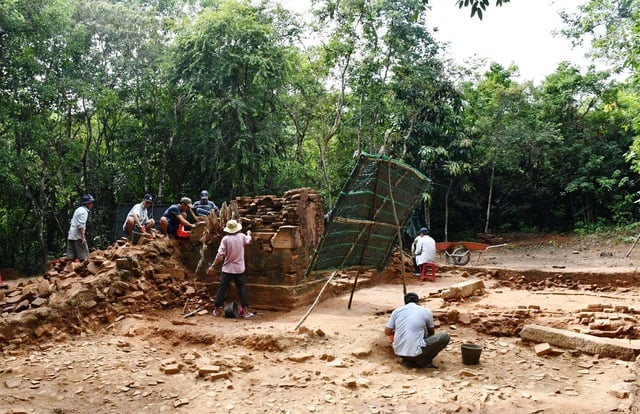
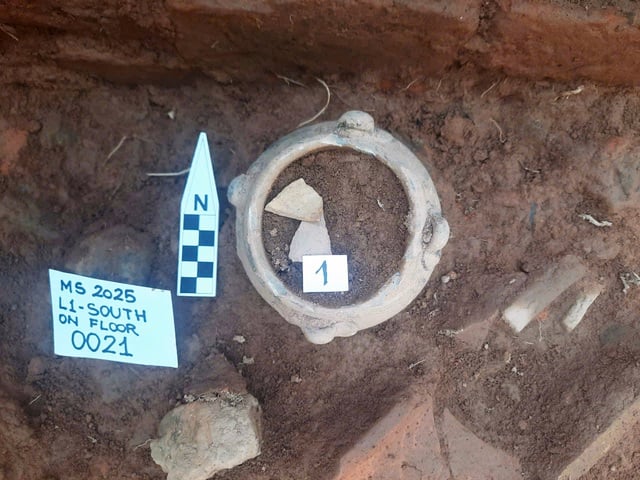
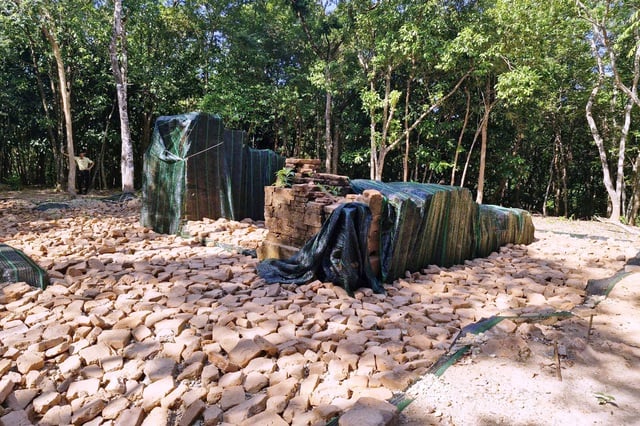
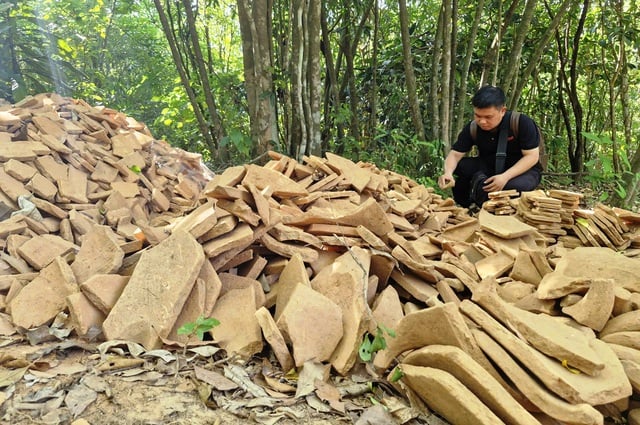
![[Photo] Dan Mountain Ginseng, a precious gift from nature to Kinh Bac land](/_next/image?url=https%3A%2F%2Fvphoto.vietnam.vn%2Fthumb%2F1200x675%2Fvietnam%2Fresource%2FIMAGE%2F2025%2F11%2F30%2F1764493588163_ndo_br_anh-longform-jpg.webp&w=3840&q=75)





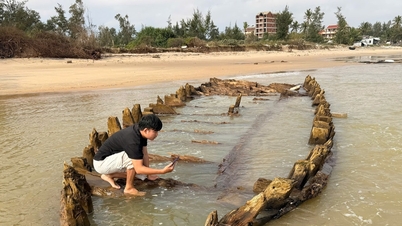

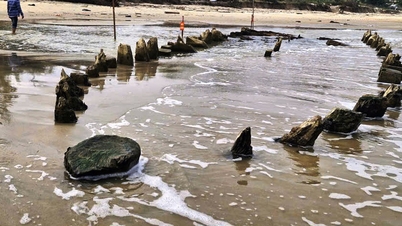
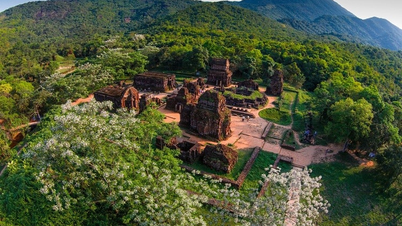

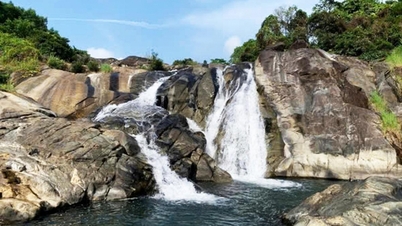

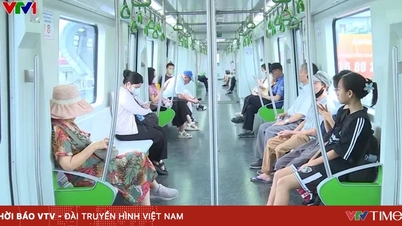



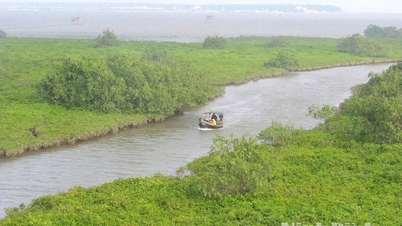



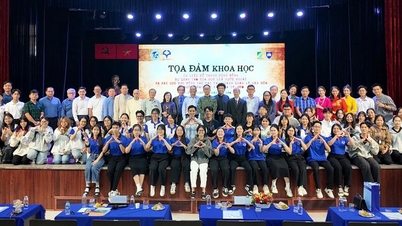

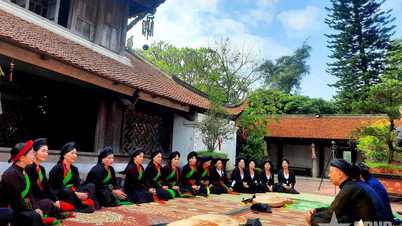


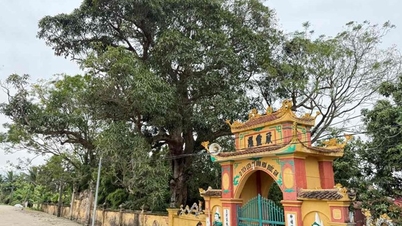

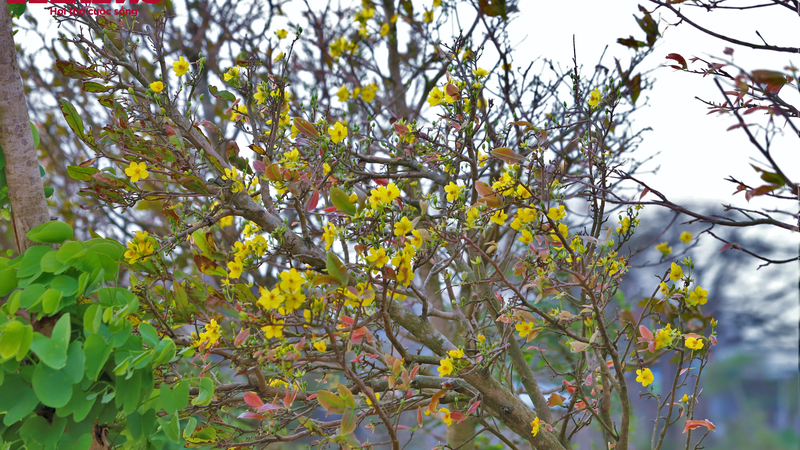



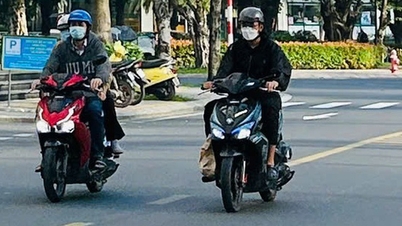
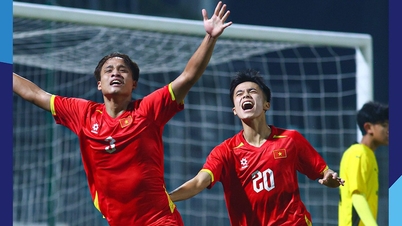
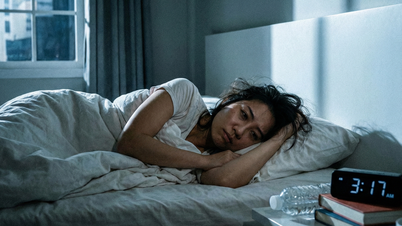

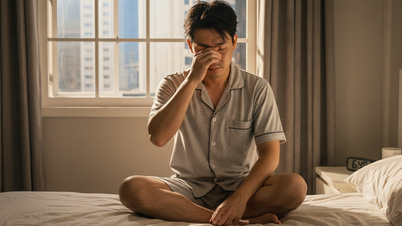









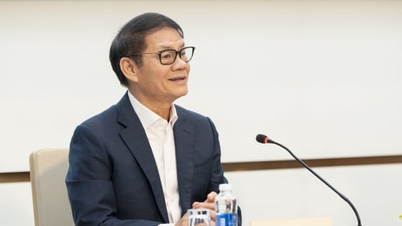

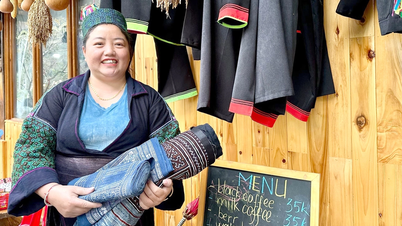






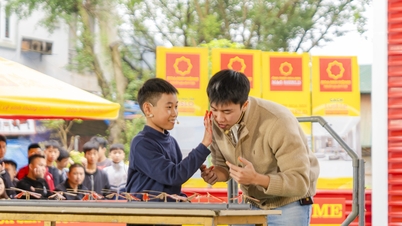

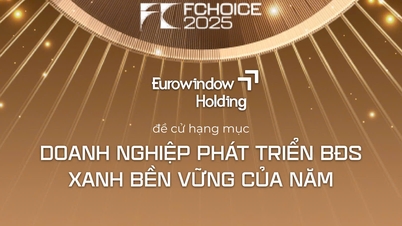





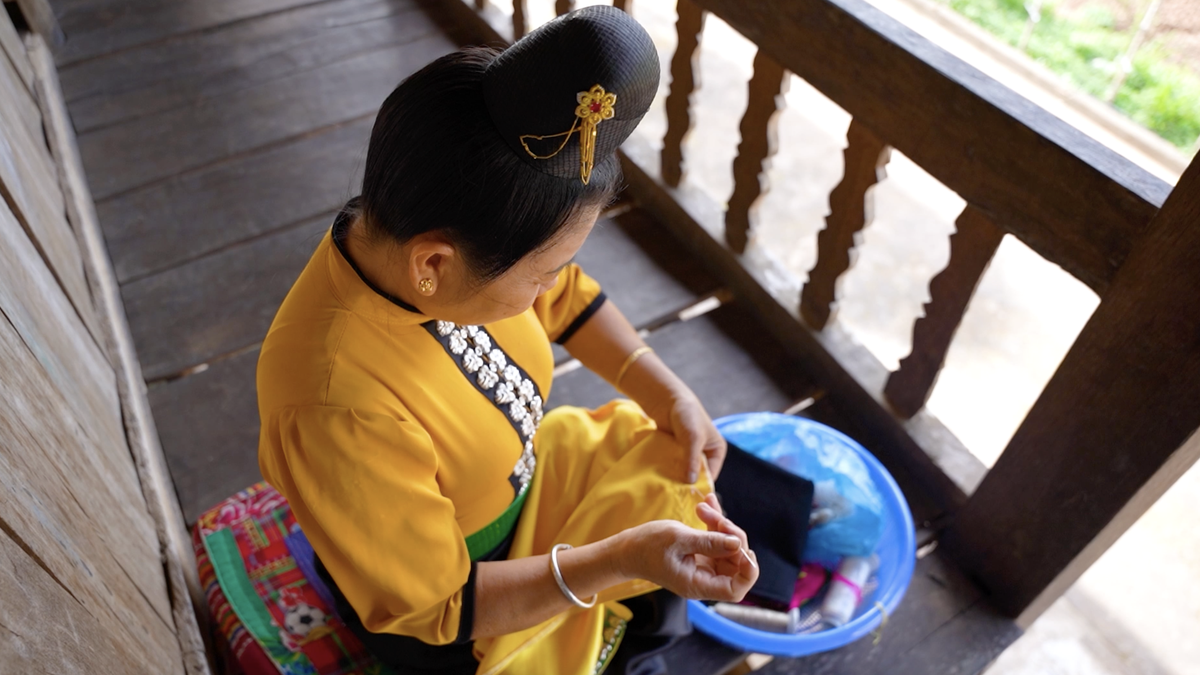
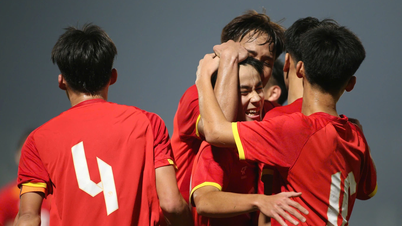
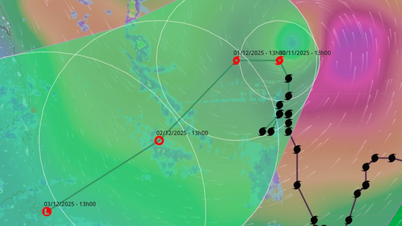
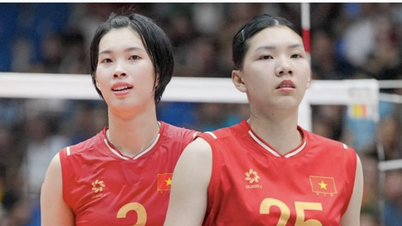
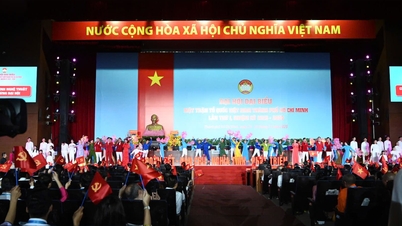

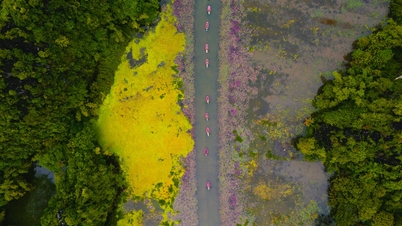


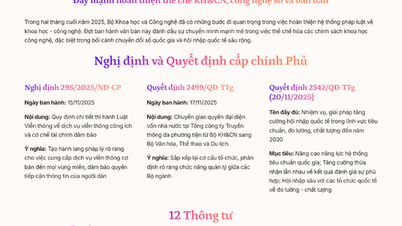

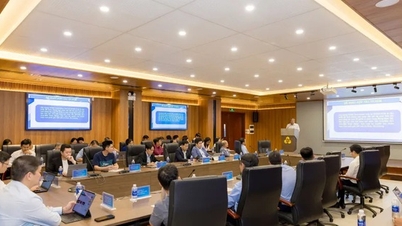
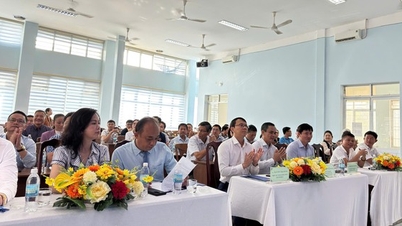
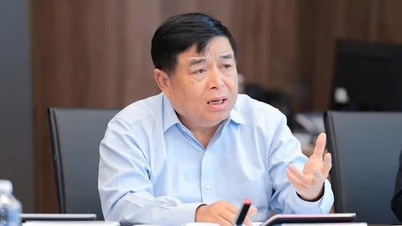

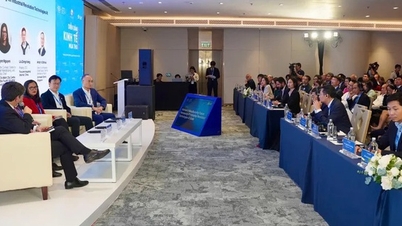


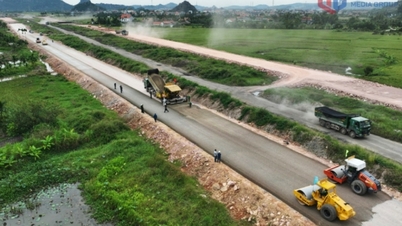


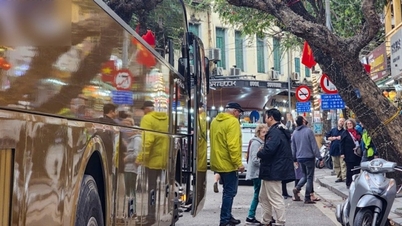
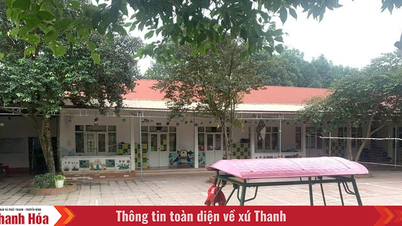











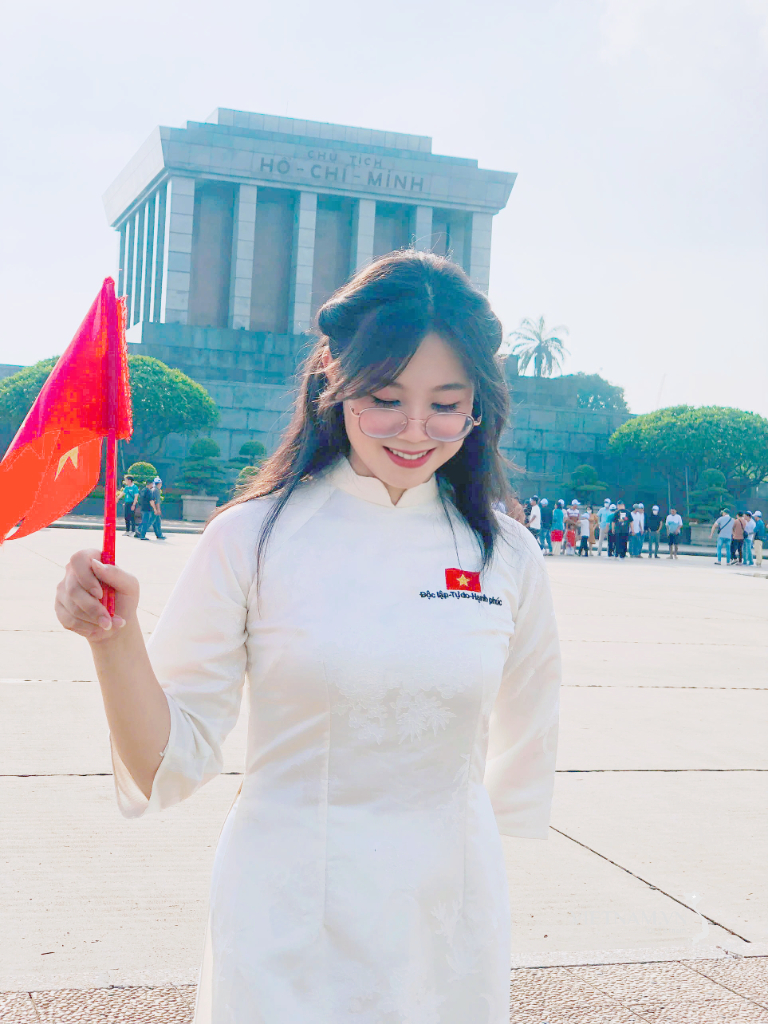


Comment (0)